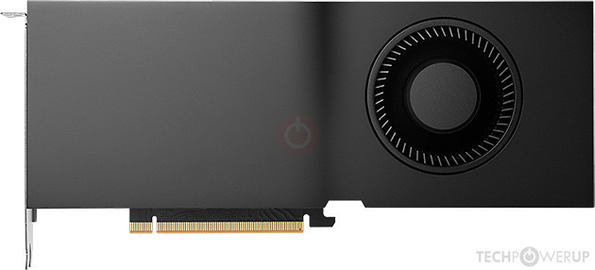The point is the only generation with "Super" SKUs had no "Super" SKU faster than their non-Super predecessor by more than 15 percent.
Taking your suggestion, if we look at the 2000 standard to the 2000 "super" models then to the "ti" models, the jump in performance is about 15% each jump. But that was the 2000 series. We're two generations ahead now. The "ti" models of the 4000 series are a consistent 20% faster than the non-ti models. Logically, we should reasonably expect that these new "super" models should be a similar jump of 20%, even though they did the "super" and "ti" naming convention backwards from the 2000 series.
So 4070ti Super vs 4080 ?
No. It'll be the 4070Super not the 4070ti Super.
NVidia is just selling off binned dies that don't meet the required specs for a certain model range, but can fit somewhere inbetween. So for example:
They have dies that didn't qualify as a full 4090, so they're going to bin them as a 4080Super.
They have dies that didn't qualify as a full 4080, but are better than a 4070ti, so they're making a 4070Super.
They have dies that didn't qualify as a full 4070, but they're better than a 4060ti, so they're making a 4060Super.
There is even more fine-grain examples than just these as well.
This is a binning practice we've all seen for decades. It's not new and if we understand what is really going on, not at all surprising. It's just standard business. Nature of the machine, as it were.








